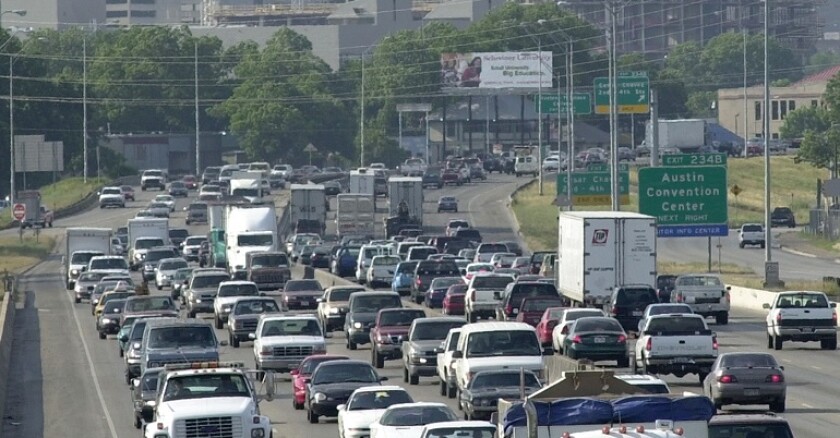Metro Austin has 2 million people. All of them seem to be driving on Interstate 35 all the time. Getting across town east-west is even worse because there’s really no main route. Bus service is just OK, and there’s only one light rail line. (Voters shot down an expansion of the rail system a couple of years ago.)
No matter how cool it is -- and how urban its core may be -- Austin is really just an overgrown suburb. And it’s not the only one. Nashville has many of the same problems. Atlanta’s traffic problems are legendary. And in Southern California, Orange County may be an economic powerhouse, but it’s also a transportation backwater with the same population as neighboring San Diego but only half as many freeway miles.
As the United States becomes both more prosperous and more urban, this is a real problem. Half of America’s population growth is currently going to 20 Sun Belt metro areas. And like Austin, most of them are overgrown suburbs. The urban cores are cool and the exurbs are bucolic, but in between most people are stuck in a kind of endless slurb of congested, high-density suburbia.
A couple of generations ago, we would have solved this problem pretty simply, by foolishly spending a lot of money to plow new freeways through existing communities. But attitudes have changed: Nobody wants to spend that much money anymore, and even if they did, most suburban neighborhoods are powerful enough to resist.
President Trump is promising to spend a trillion dollars on infrastructure, but most of that will be private investment in public-private projects like toll roads. Austin is a case study in the limitations of that approach. The state built a new north-south tollway around Austin a few years ago. But, understandably, most people are not willing to pay money to go the long way around.
Which brings us to proximity. One of the few ways around this problem is to build more housing close to the urban cores -- or, at least, close to the dense suburban job centers. Urban planners often argue for locating more housing along high-frequency transit lines, which makes sense because many people can commute by transit.
What’s not well understood, however, is that well-located housing can cut down on the amount of driving -- and hence the need for additional road space -- even if people are still tethered to their cars. One famous study in the San Francisco Bay Area found that people living in Berkeley and Oakland drive only half as far as people in the outer suburbs -- not because they take transit more, but because the places they have to go are closer together.
This isn’t a solution that easily lends itself to traditional government action. It’s not something you can do with conventional big-ticket government spending projects. And it’s not something that’s popular with the current residents of their well-located areas. What’s more, because of land prices and availability, this approach makes more sense for flats, townhomes and small-lot single-family homes, rather than sprawling homes. But there’s no question that one way out of the traffic box in overgrown suburbs is to figure out how to reduce the distances you have to drive.









